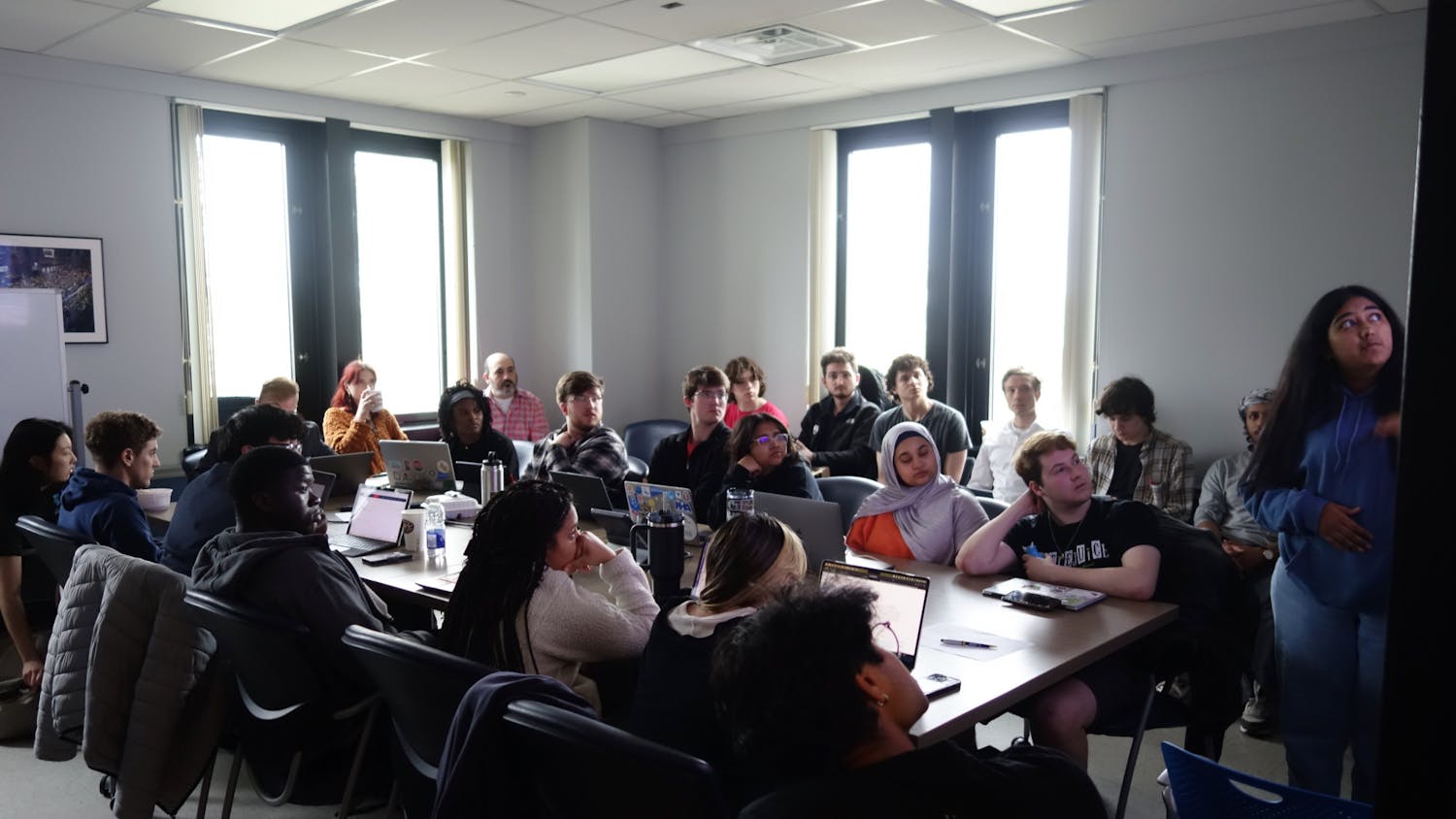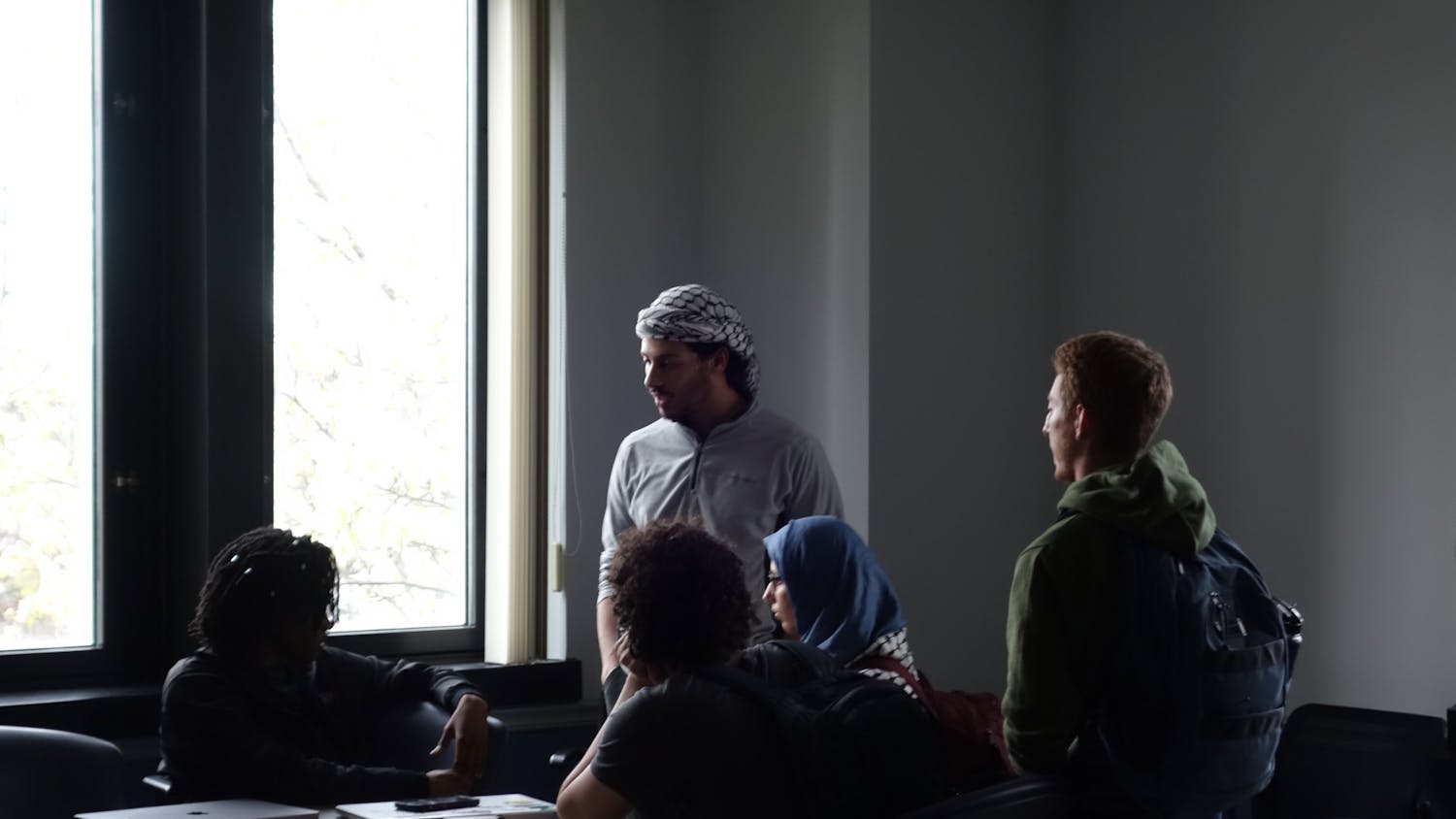I can remember hating my body as far back as eight years old. I remember reading my mom’s diet books late at night in middle school.
By age thirteen, I had tried South Beach, Atkins and Weight Watchers.
By age fourteen, dieting gave way to seriously disordered eating.
In an effort to achieve the slim figure that I was sure was the key to happiness I had wreaked all manners of destruction on my body. I restricted calories. I skipped meals. I purged. I overdosed on laxatives. I exercised to the point of utter exhaustion.
This deprivation left me starving, leading me to binge. During binges, I would tear apart the kitchen, eating anything and everything in sight. I remember feeling completely out of control and helpless against the urge to binge.
I was diagnosed with Eating Disorder Not Otherwise Specified (EDNOS) four years ago. Individuals with EDNOS present with many of the symptoms of other eating disorders such as Anorexia Nervosa, Bulimia Nervosa or Binge Eating Disorder but will not meet the full criteria for diagnosis of these disorders, according to the Diagnostic and Statistical Manual of Mental Disorders (DSM).
While EDNOS is one the most common eating disorders, most people have never heard of it.
People with EDNOS often do not “look” sick.
I was never underweight. I never looked like the skeletal figures you see in after-school specials about anorexia.
But I was struggling with a disease that was every bit as dangerous and deadly.
My symptoms ran the gamut from anorexia to bulimia to binge eating disorder. I was completely obsessed with food, calories, my weight and exercise, and above all, I loathed my body.
By the time I was seventeen, I was clinically obese due to a combination of bingeing and medication I was taking for depression.
I hated my body more than ever and my eating disorder grew worse and worse. It fueled my depression and anxiety and interfered with my ability to attend classes. I ended up dropping out of high school and getting my G.E.D.
Over the next year, I took a few classes at community college while going in and out of the hospital for severe depression.
My eating disorder remained unnoticed throughout these hospitalizations. The mental health professionals I worked with were baffled as to why my depression was not getting better because they had no idea I was undergoing a constant battle with my own body.
During the summer of 2012, my eating disorder hit its worst point, and I lost about seventy-five pounds over the course of that summer.
Rather than expressing concern, people congratulated me and wanted to know what my “secret” was. I would always give a vague answer like “diet and exercise.” The constant compliments and attention only fueled the disorder and I continued to lose weight.
In early 2013, I happened to pick up a book called Wasted by Marya Hornbacher, a memoir detailing the author’s struggles with anorexia and bulimia.
I read the book in one sitting and burst into tears the moment I finished. It frightened me how much I related to the author’s story. This was the first time I realized that I was very, very sick.
I ended up seeking help from a partial hospitalization program for eating disorder patients. I was in treatment for about six months.
I am going to be very honest: eating disorder recovery is not easy. It is not quick and it is not linear. It is an ongoing process. It is a choice that I have to make again and again every single day.
You feel a sense of safety when you are in the midst of the disorder. The obsession with food and numbers takes over your whole mind. It is a way to numb yourself from the pain and reality of life. And in a way you are “safe,” but you are not really living.
There is always a temptation to go back to living like that.
But for all its trials and tribulations, stresses, failures, anxiety and heartbreak, I would take real life and recovery over my eating disorder any day.
Because recovery lets you see Taylor Swift live with your best friends instead of listening to her CDs in your hospital room.
Recovery lets you eat brownies without tears. Recovery is dancing the night away without getting dizzy. It is traveling to far-away places. It is red lipstick and new friends and lots of milkshakes.
Recovery is the hardest thing I have ever done. It is something I never believed I could accomplish and it is something I still have to fight for every single day.
But I won't stop fighting.
Because Taylor Swift sounds so much better live than she does on CDs in a hospital room.
Maddy Fowler is the assistant news editor and can be reached at maddy.fowler@ubspectrum.com.





